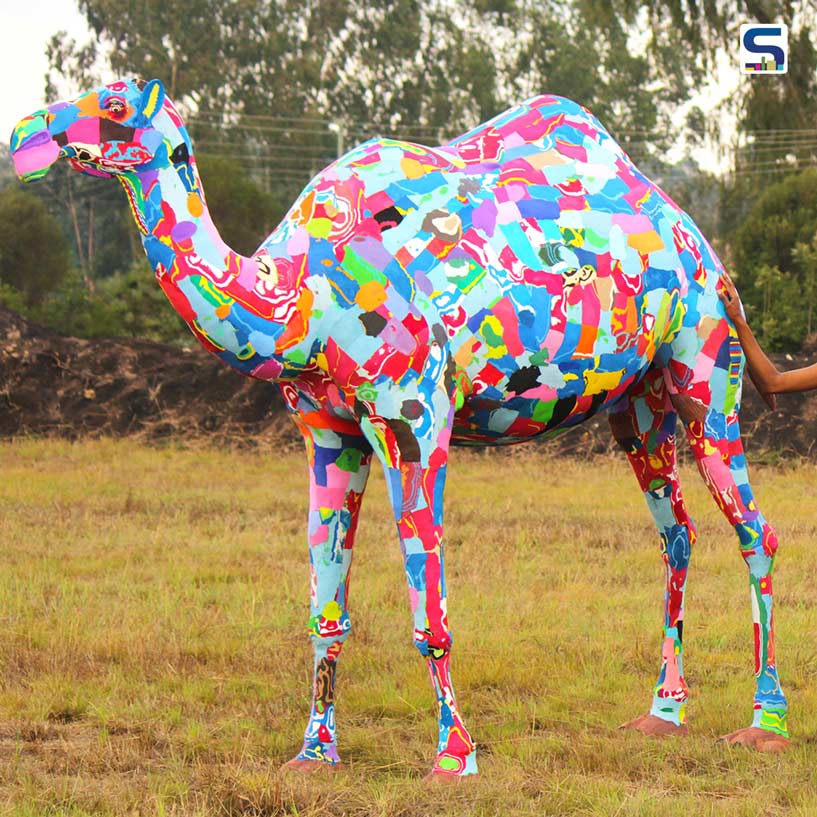
A social enterprise and a non-profit based in Kenya, Ocean Sole has taken up the challenge of transforming discarded flip-flop waste into whimsical art. Flip-flops are one of the most common footwear, which makes up 25 per cent of ocean plastic. Every year thousands of flip-flops get flushed out of rivers or washed away by currents in the Indian Ocean from Asia and Australia and get accumulated on Kenya’s beaches due to no waste management in the country.
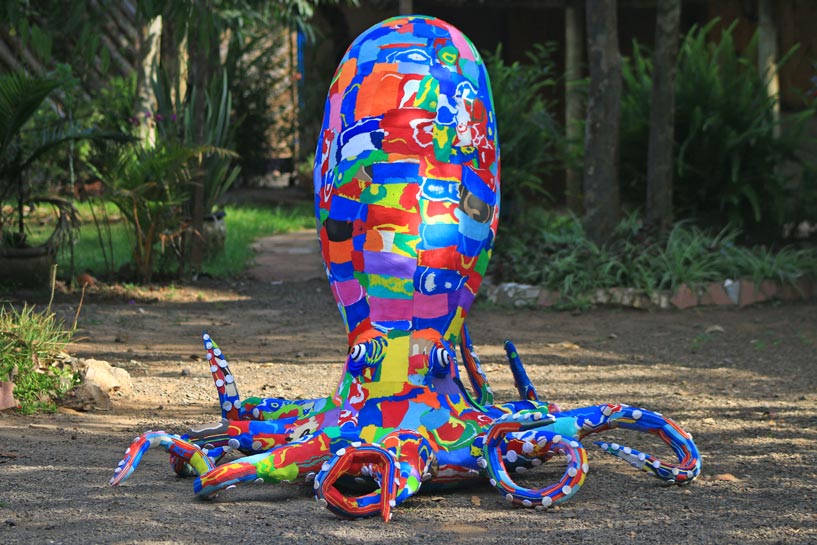 Ocean Sole is known to have collected 47 tons of flip-flop waste per year and recycled 750,000 flip-flops.
Ocean Sole is known to have collected 47 tons of flip-flop waste per year and recycled 750,000 flip-flops.
Founded by Julie Church, Ocean Sole is known to have collected 47 tons of flip-flop waste per year and recycled 750,000 flip-flops. The studio upcycles these discarded flip-flops into colourful turtles, giraffes, manatees, hammerhead fish, zebras, hippos, rhinos, key chains and pretty much anything.
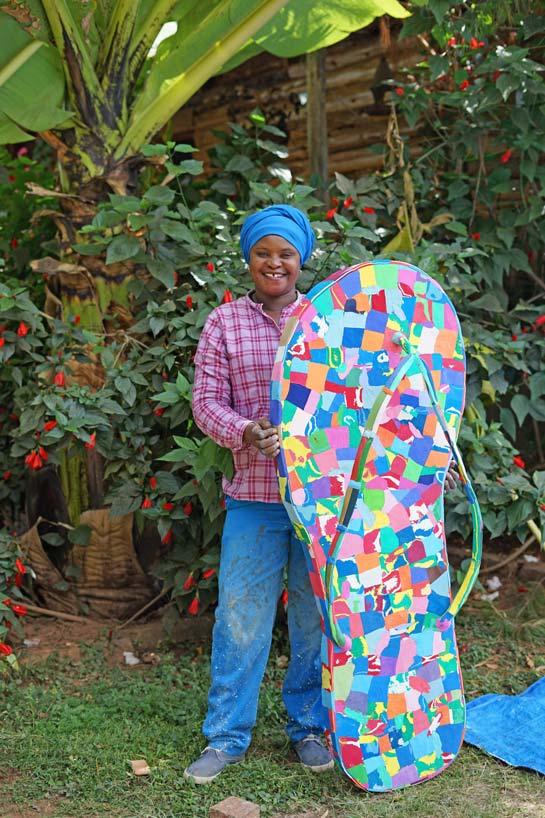 The studio upcycles these discarded flip-flops into colourful turtles, giraffes, manatees, hammerhead fish, zebras, hippos, rhinos, key chains and pretty much anything.
The studio upcycles these discarded flip-flops into colourful turtles, giraffes, manatees, hammerhead fish, zebras, hippos, rhinos, key chains and pretty much anything.
In 1997, Church, a former marine conservationist, incepted the idea of starting Ocean Sole while her time working on a sea turtle preservation project on the remote island of Kiwayu, near the Kenya-Somalia border. She was stunned to see the beautiful beaches ruined with discarded plastic objects that further affected turtles from reaching their nesting sites. She also observed how the local children used this marine debris to create their toys to play with. This ignited the idea of starting up a beach cleanup that would further also boost the development of the community. For this, she encouraged local women to collect, wash and process the thrown-away flip-flops and transform them into colorful artifacts for a profit through the initially called initiative UniquEco.
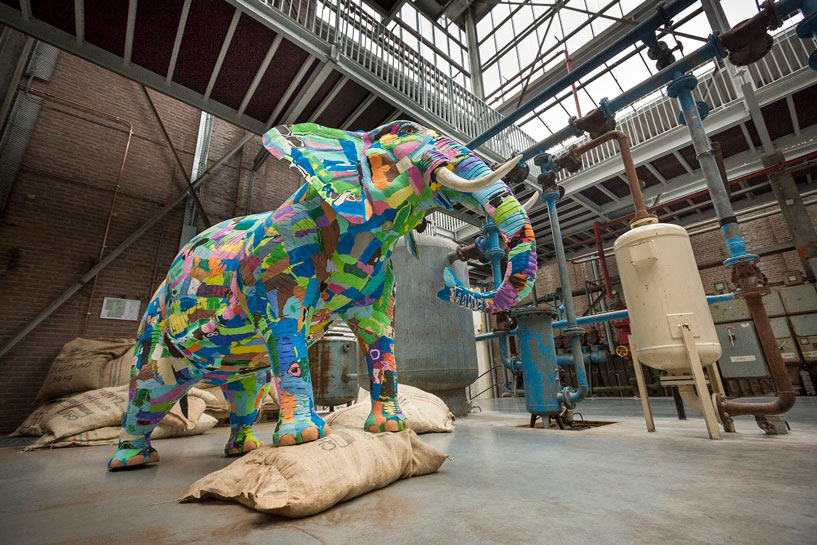 Over three layers of flip-flops are created on the wood to make sure it’s fully covered even after the carving process.
Over three layers of flip-flops are created on the wood to make sure it’s fully covered even after the carving process.
At the Ocean Sole studio, these flip-flips are weighed and counted to determine the price. Since the flip-flops are covered in sand, dirt and oil, they are washed with eco-detergent and then sorted into colours. Upon drying, the flip-flops are glued on a block of wood for medium or large animal art installations. Over three layers of flip-flops are created on the wood to make sure it’s fully covered even after the carving process. The artisans then carve out animals out of the flip-flop block.
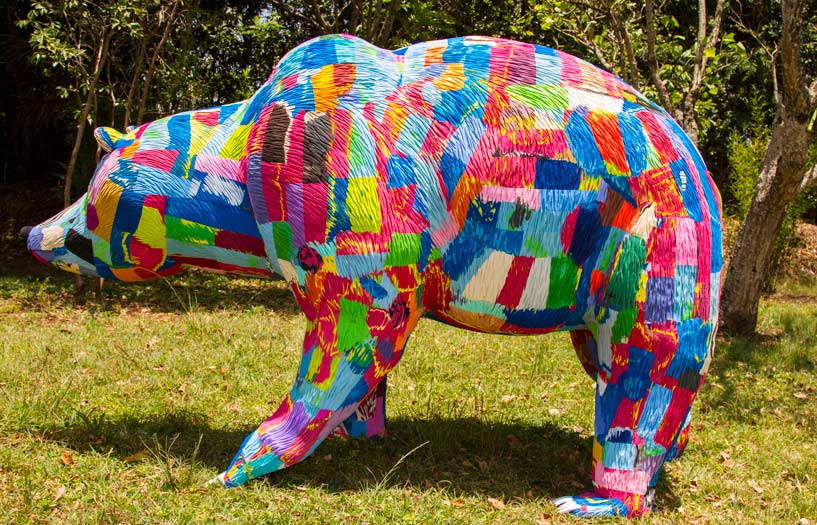 The studio has estimated to have cleaned up nearly 10 million discarded flip-flops
The studio has estimated to have cleaned up nearly 10 million discarded flip-flops
The recycling of flip-flops also saves over 500 trees a year. Additionally, they also contribute over 10-15 per cent of their revenue to beach cleanups, vocational and educational programmes as well as conservation efforts. Reportedly, Ocean Sole Africa positively impacts 1,000 Kenyans and provides steady income for more than 130 residents. The studio has estimated to have cleaned up nearly 10 million discarded flip-flops.
Image credits: Ocean Sole